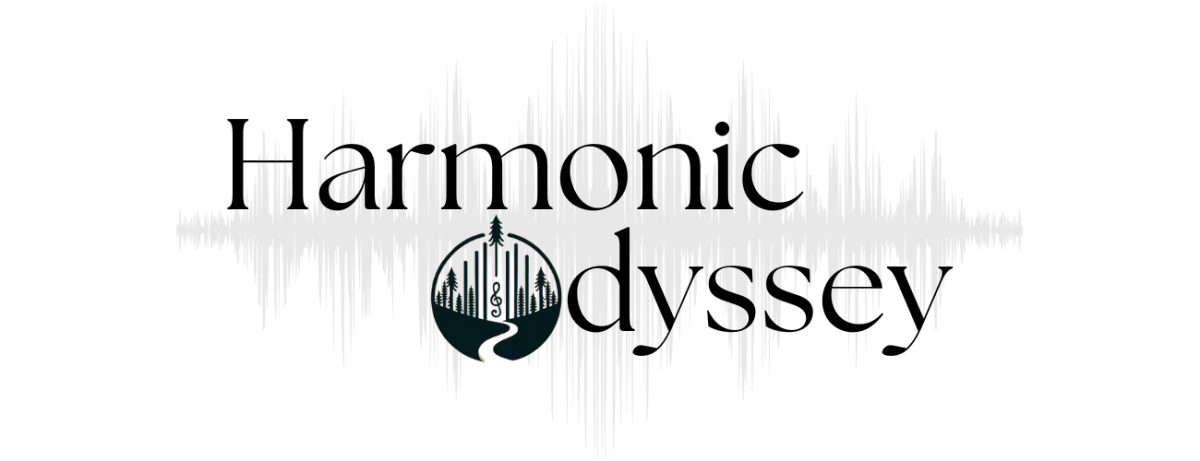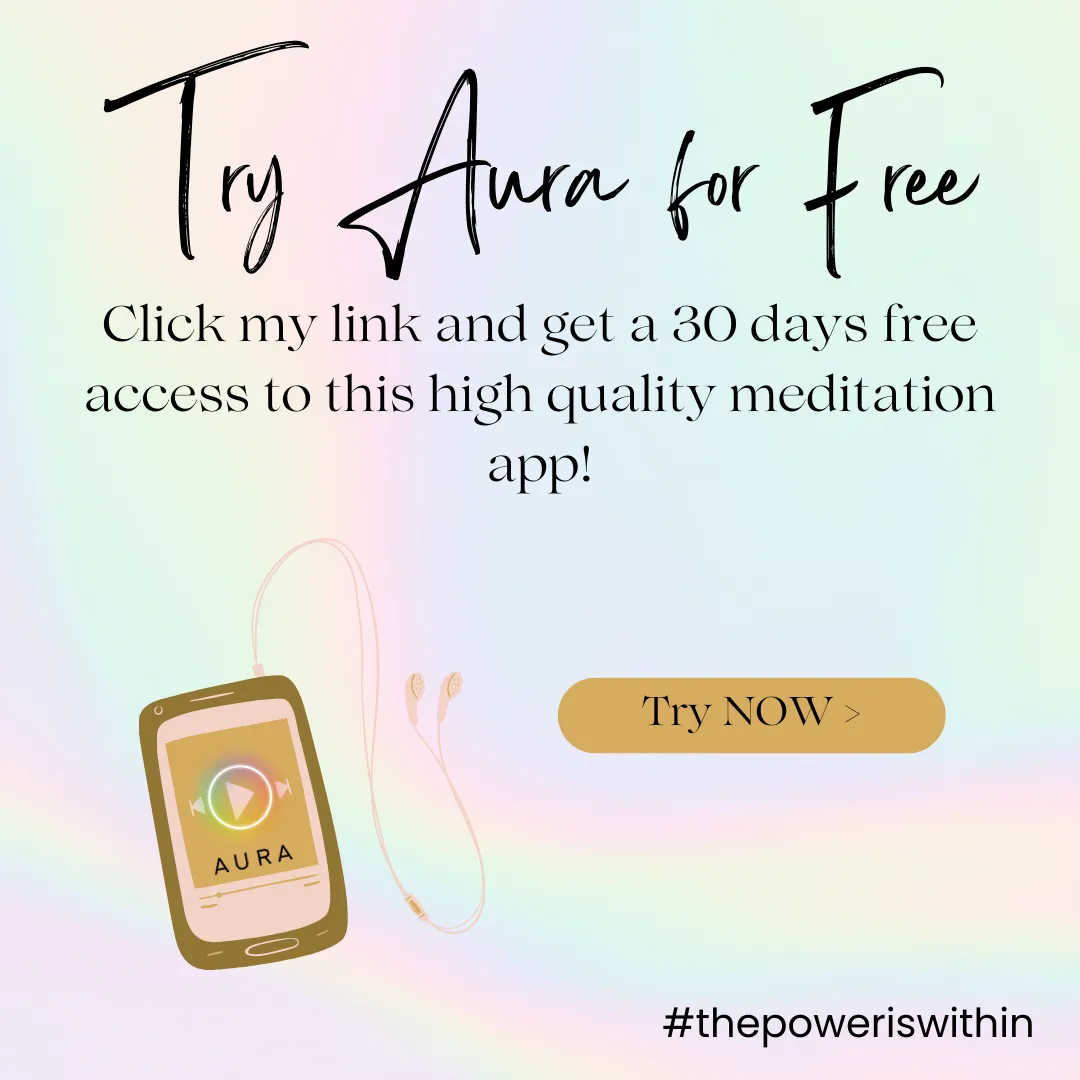
From Overwhelmed to In Flow: A Complete Guide to Stress Transformation
From Overwhelmed to In Flow: A Complete Guide to Stress Transformation
If you’re feeling stretched thin, tangled in obligations, or carried under by the weight of constant "doing" — you’re not alone. Many of us live at the intersection of overwhelm and stress, hoping for a moment of calm that just seems out of reach.
But what if you could shift from that state of overwhelm into a state of flow — where your energy is spacious, your attention engaged, and your experience aligned?
In this guide, I’ll walk you through how to shift from stress to calm, from overwhelm to flow — using mind-body tools, energetic practices, and real transformation stories. Plus: I’ll invite you to book a free consultation for personalized guidance at the end.
1. Why Stress Keeps You Out of Flow
Chronic stress doesn’t just affect how you feel — it rewires how your brain and nervous system function. According to neuroscience, when stress becomes persistent, the brain remains in heightened arousal, the body stays in tension, and the “default” mode becomes reactive rather than responsive.
By contrast, research on the state of flow (that absorbed, energized, calm-yet-focused state) shows that our nervous system shifts into a different mode: less rumination, more coherent attention, less self-judgment, more engagement.
2. Three Pillars to Shift from Overwhelm → Flow
a) Anchor the Breath
Breath is the gateway. When you slow and deepen breathing, you activate your parasympathetic nervous system and signal to your body that you are safe. In practice: take 5 slow inhales, hold for 1–2 counts, then 6–8 slow exhales. Repeat for 2–5 minutes any time you feel the surge of overwhelm.
b) Engage the Body-Mind
Flow isn’t just mental; it’s embodied. One transformation story: a yoga instructor I supported realized that his habitual tension in the neck and shoulders always kicked off his stress spiral. When he included 3 minutes of sound-toning (low hums) and a gentle shoulder-roll sequence at midday, he noted his “task fatigue” dropped by half within two weeks. This body-mind engagement creates the physical space for flow.
c) Cultivate Presence and Purpose
Flow thrives when there is clear intention + present moment awareness. Research shows that mindfulness practices can lead to a decrease in stress and an increase in flow experience over time.
To practice: Choose one task today and give it your full 5-minute presence. No multitasking, no phone checks. Feel the texture of the task, notice your breath, let your energy settle. This builds a bridge from reactive mode into flow mode.

3. Real Stories: From Overwhelm to Flow
Case Study – “Lina”: Working from home, constant notifications, scattered schedule. She began by carving out a 10-minute “breath-pause” at 4 pm every day. After 30 days, she reported fewer “brain fog” moments and began completing tasks with greater ease.
Case Study – “Arjun”: Manager in a fast-paced startup. Introduced a 2-minute team sound-call (everyone hums together for 30 seconds) at the start of each meeting. His team’s stress indicators dropped and meeting time decreased by 20%.
These are simple, human shifts — but consistent, they create momentum, rewiring not just the mind but the system of how you respond.
4. Your Next 72-Hour Transformation Plan
Today: Before you check email, do 5 minutes of coherent breath (see above).
Tomorrow: Choose one task, set a timer for 25 minutes of full focus, then 5 minutes of body-mind reset (hum + stretch).
Day 3: Reflect: How did the breath from Day 1 affect your task in Day 2? Write down one insight.
Continue this rhythm, and you’ll begin to shift from reactive stress-mode toward calm flow-mode.
5. Invitation: Free Consultation for Personalized Guidance
If you’re ready to go deeper — to move past just “coping” and into choosing your flow — I invite you to book a free 30-minute consultation with me. We’ll explore where you’re stuck, what your nervous system is trying to say, and how you can design your personal “flow funnel” from overwhelm to ease.
👉 Book your free consultation here
Closing Thoughts
Moving from overwhelm to flow isn’t about eliminating stress entirely — it’s about transforming how you experience it. It’s about shifting from reaction to response, from scattered to centered, from “are we there yet?” to “I am here now”.
With gentle breath, meaningful intention, and presence in your day, you can rewrite your story and shift your nervous system into a richer rhythm of ease and engagement.
I’d love to hear your journey. Reply in comments or in message and let me know: What’s one small step you’ll take today to shift from stress into flow?
With above-ground calm and flowing energy,
Amandine
References & Further Reading
Van der Linden, D., & others. “The Neuroscience of Flow State: Involvement of the Locus Coeruleus–Norepinephrine System.” Frontiers in Psychology, 2021. Frontiers
Hohnemann, C., et al. “Trajectories of Mindfulness, Flow Experience, and Stress During an Online MBSR Program.” Frontiers in Psychology, 2024. Frontiers
BrainFacts. “The Neuroscience of Stress.” 2018. brainfacts.org
NuvanceHealth. “The Effect of Stress on the Brain and Ways to Manage It.” 2024. Nuvance Health
Navigation
© 2025 Harmonic Odyssey by Amandine LRH - A Greener Life LLC, All Rights Reserved.








